Nicholas Brown, a postdoctoral researcher specializing in Egyptology at Yale University, said that eight artifacts were found in the burial chamber of Egyptian pharaohs Tutankhamun's tomb in the Valley of the Kings was used in a sacred ritual: the "Awakening of Osiris." Photo: CK-TravelPhotos via Shutterstock. |
According to expert Brown, this is the earliest evidence of ritual practice at tomb of pharaoh Tutankhamun Famous in ancient Egypt. "The entire burial chamber appears to have been set up to recreate a funeral ritual known from later times as the 'Awakening of Osiris'," expert Brown said. Photo: Burton photograph 0010 © Griffith Institute, University of Oxford (colourized by Dynamichrome). |
Osiris is the god who rules the underworld. Egypt Ancient times. According to mythology, Osiris was resurrected after being murdered by his brother Seth. During this process, Osiris's son Horus waved a staff toward his father and called him to awaken. Photo: Burton photograph 0010 © Griffith Institute, University of Oxford (colourized by Dynamichrome). |
Therefore, the "Awakening of Osiris" seems to reenact this story, using four trays of liquid—possibly Nile water or wine—to pour over or beside the pharaoh's mummy. Meanwhile, the four staffs may symbolize the staff Horus used. Photo: Burton photograph 0010 © Griffith Institute, University of Oxford (coloured by Dynamichrome). |
The offerings containing liquid held great symbolic value. According to the Pyramid Texts—a series of funerary texts written on the walls of several Egyptian pyramids—the liquid contained in four trays was necessary to reverse the state of a decomposing corpse and bring it back to life. Photo: Burton photograph 0010 © Griffith Institute, University of Oxford (colourized by Dynamichrome). |
Furthermore, expert Brown notes that water taken from the Nile River, known as the "Eye of Horus," is a symbol of rebirth and victory over evil, including death. Photo: Burton photograph 0010 © Griffith Institute, University of Oxford (colourized by Dynamichrome). |
According to expert Brown, the eight artifacts represent the cardinal directions and symbolically surround the deceased for protection. Photo: Burton photograph 0010 © Griffith Institute, University of Oxford (colored by Dynamichrome). |
Tutankhamun's father, Pharaoh Akhenaten, led a religious revolution in Egypt, worshipping only the sun god Aten instead of the polytheistic gods of the past. Photo: Burton photograph 0010 © Griffith Institute, University of Oxford (coloured by Dynamichrome). |
"Pharaoh Akhenaten shifted the country's religious beliefs from polytheism to monotheism. This also affected the official belief in the afterlife , which centered on resurrection through Osiris, and which was no longer permitted," expert Brown said. Photo: Burton photograph 0010 © Griffith Institute, University of Oxford (coloured by Dynamichrome). |
After Pharaoh Akhenaten's death, his son Tutankhamun ascended to power and reversed his father's religious decision, returning Egypt to polytheism. The ritual of awakening Osiris during the royal funeral was a way to demonstrate that this powerful god had returned. Photo: Burton photograph 0010 © Griffith Institute, University of Oxford (coloured by Dynamichrome). |
Readers are invited to watch the video : Revealing the "handsome" appearance of the most powerful Pharaoh of ancient Egypt.
Source: https://khoahocdoisong.vn/bi-an-co-vat-danh-thuc-than-linh-trong-lang-mo-pharaoh-ai-cap-post266841.html



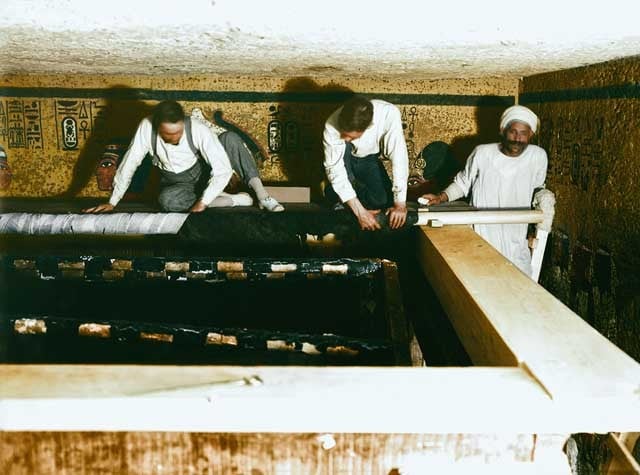
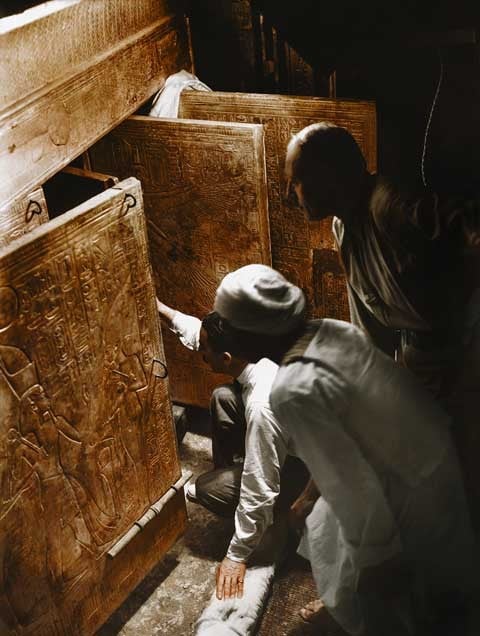

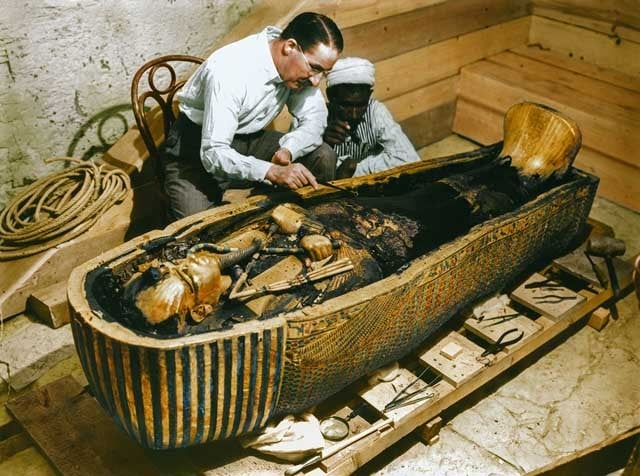




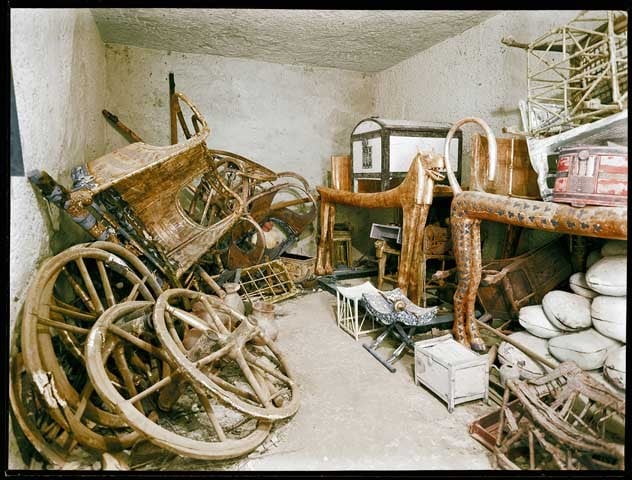





























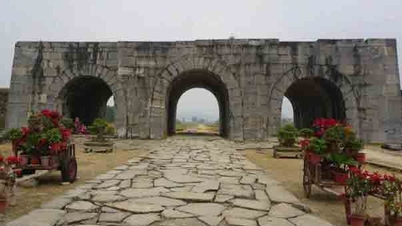


































































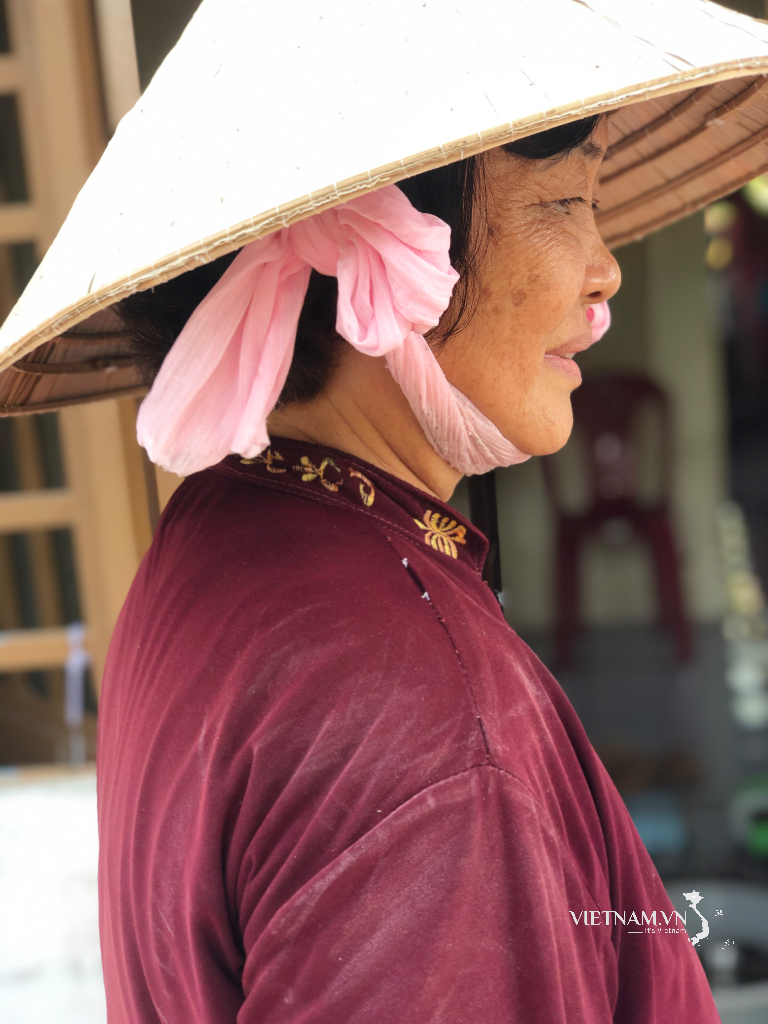


Comment (0)